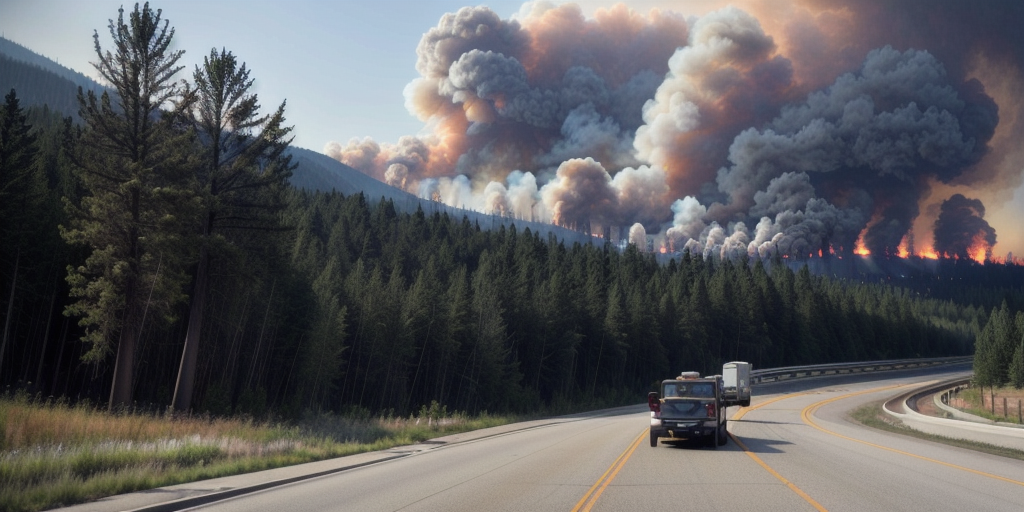
Air quality health advisory in effect for fine particle pollution from Canada wildfires
How did your country report this? Share your view in the comments.
Diverging Reports Breakdown
Air quality health advisory in effect for fine particle pollution from Canada wildfires
Smoke from wildfires in Canada has been drifting across the border into the United States for weeks. Fine particle pollution more typically comes from motor vehicle exhaust and the burning of fossil fuels. Exposure to fine particles can cause short-term health effects such as eye, nose, throat and lung irritation, coughing, sneezing, runny nose and shortness of breath. A heat advisory is in effect from 11 a.m. Monday through 8 p.M. Tuesday for the Long Island area. High temperatures of 89ºF are expected Monday and 91ºF Tuesday.
Tiny particles of soot and ash from wildfires can be carried hundreds of miles by wind to pollute the air in distant places. Smoke from wildfires in Canada has been drifting across the border into the United States for weeks, causing ongoing air quality problems across the northern U.S.
As of Friday, 3,345 wildfires in Canadian forests have burned nearly 4.5 million acres, according to the National Wildland Fire Situation Report published by Canadian Wildland Fire Information System.
Fine particle pollution more typically comes primarily from motor vehicle exhaust and the burning of fossil fuels. Like other types of air pollution from emissions, such as smog, air quality in regions distant from the emission sources is frequently affected.
Fine particles are 2.5 microns or less in diameter, according to the U.S. Environmental Protection Agency. For comparison, the diameter of a human hair is 50-70 microns in diameter — 30 times larger than a “fine particle.”
These tiny inhalable particles can travel deeply into the respiratory tract, reaching the lungs, the Suffolk County Health Department said. Exposure to fine particles can cause short-term health effects such as eye, nose, throat and lung irritation, coughing, sneezing, runny nose and shortness of breath. Exposure to fine particles can also affect lung function and worsen medical conditions such as asthma and heart disease.
All residents, especially young children, seniors, those who exercise outdoors, and those with pre-existing respiratory or heart problems, should limit strenuous outdoor activity, the health department said in a press release. If you experience eye, nose and throat irritation, shortness of breath, or chest pain, contact your medical provider, the health department said.
Today is the third consecutive day that an air quality health advisory is in effect for the Long Island region. Friday’s advisory was for ground-level ozone, a major component of photochemical smog. Yesterday’s advisory, like the one in effect for today, was for fine particles.
The air quality health advisory is in effect until midnight Sunday.
Very hot weather is forecast for the local area in the coming days. High temperatures of 89ºF are expected Monday and 91ºF Tuesday, with heat index values of 100º to 105º . Heat index values take take both temperature and humidity into account.
A heat advisory is in effect from 11 a.m. Monday through 8 p.m. Tuesday.
